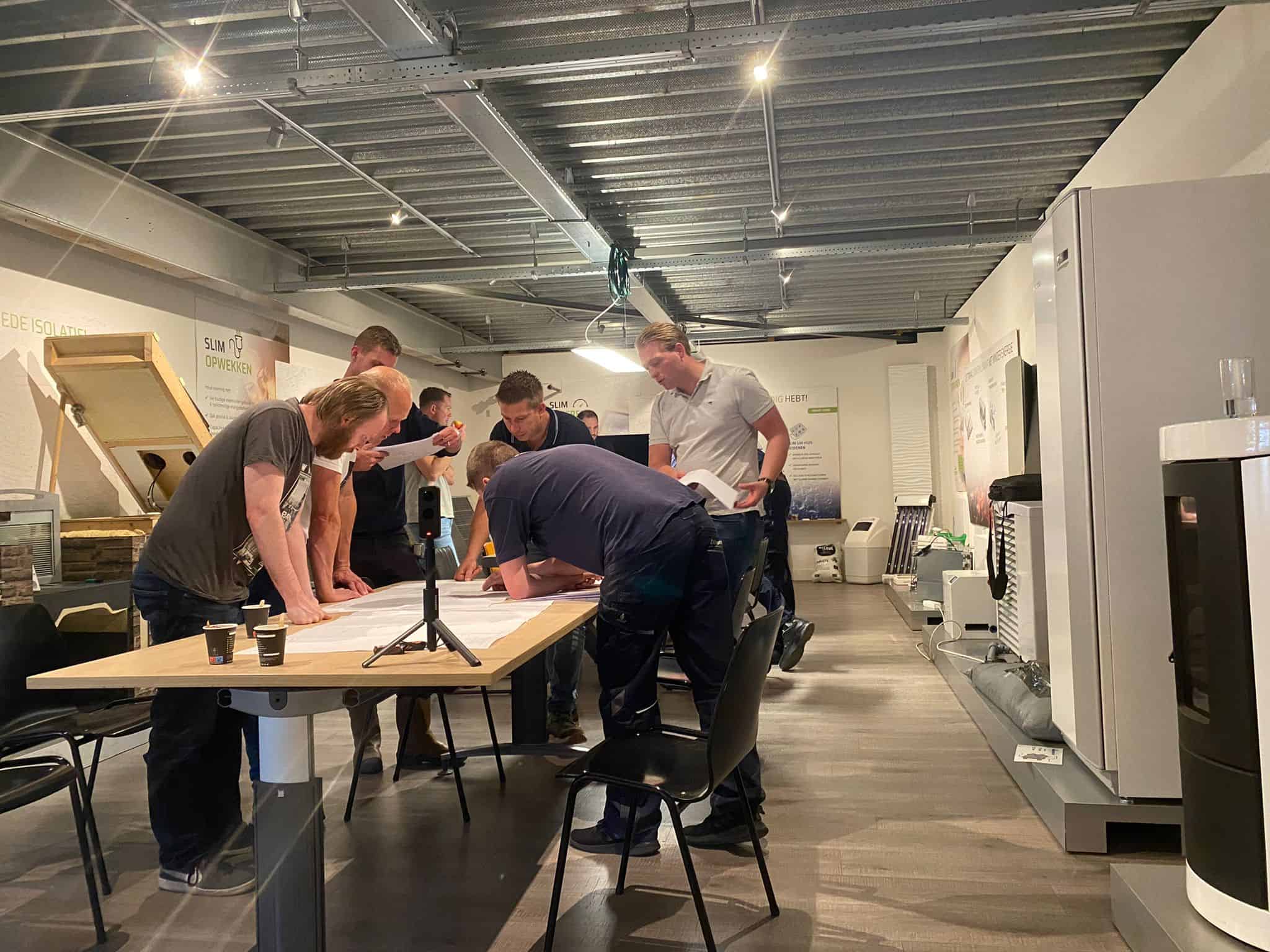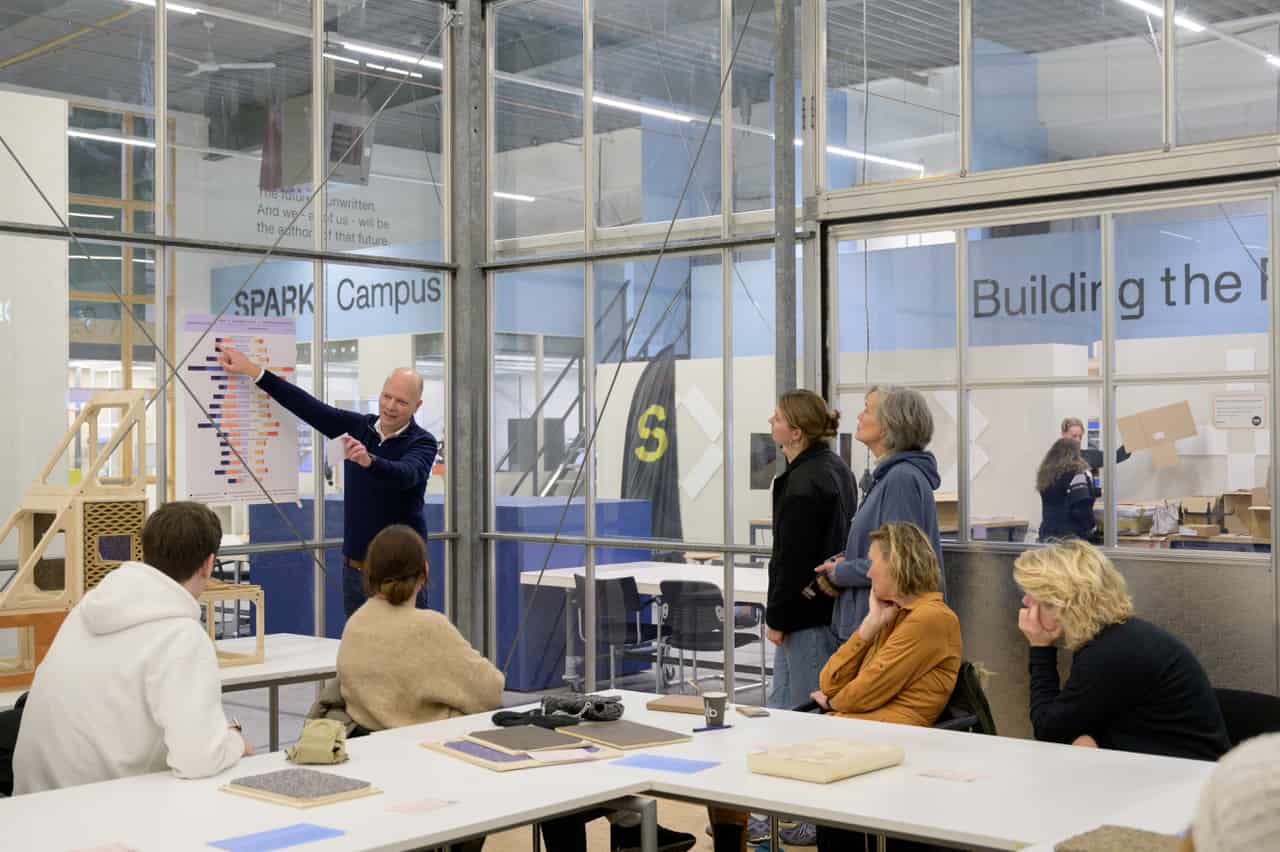
Innovative products mainly come to the fore when knowledge institutions and companies work together. The Dutch government stimulates this cooperation on a large scale with its Topsector policy. It makes an extra contribution to universities and companies that jointly set up structural research projects. This leads to more ingenious innovations that are brought onto the market more quickly.
The Hague’s national innovation policy has undergone drastic changes since 2012. Various subsidy schemes disappeared, but a wide range of incentives came about in return. The government wants to use the Topsector policy to stimulate research and development of new products across the nine key sectors in the Netherlands. The key sectors as such are broad terms. For example, the entire agricultural sector is represented in the key sectors of Agriculture & Food and Horticulture & Raw Materials. ” The Netherlands wants to remain at the forefront of innovation in these established areas,” says Paul Merkus, innovation partnership manager at Eindhoven University of Technology (TU/e). The nine key sectors are therefore well represented at the four technical universities in the Netherlands.
The nine key sectors are:
- Agriculture & Food
- Chemical
- Creative Industries
- Energy
- High Tech System en Materials
- Horticulture & Raw materials
- Life Sciences & Health
- Logistics
- Water
Social relevance
“Before this policy was introduced, universities and business were quite separate from each other,” Merkus explains. “Professors mainly researched topics that they found scientifically relevant. In doing so, they did not really take into account the issues at stake for the business world.” On the other hand, according to him, industry invested relatively little into research at public institutions. In the main, they did in-house research into the potential for new products. “The key sector policy brings these parties together. The academic world is increasingly looking at themes that are industrially and socially relevant. At the same time, the business community is now also investing more in university research.” As a result, research in the field of healthcare technology, among other things, is progressing more quickly. As well as this, the TU/e, for its part, is also working on improved network connections and is also conducting more research into smart mobility and high-tech equipment.
Long-term collaboration for wide-ranging projects
The incentive scheme for the key sector policy is the PPP grant (Public Private Partnership). In order to qualify for this grant, a university and a company must enter into a contract stipulating that they will both work together on a structural basis. “These are long-term projects when it comes to mutual accountability and risk. Both parties make money, set goals and share results,” Merkus explains. This is preferably not so much about the research undertaken by one doctoral candidate, but about a series of studies in a broader context. The PPP grant is thirty percent of the basic amount that a company transfers to the university for a joint project.
The key sector itself has a primarily representative role in the field of research and is not a legal entity. It is made up of a figurehead and a senior team. Aside from that, each key sector has one or more TKIs (Top Consortium for Knowledge and Innovation). A TKI is a legal entity and universities are able to enter into contracts with this organization as well. There are fifteen TKIs out there for the nine key sectors. This is because in some key sectors there are several sub-sectors with diverse interests. In the field of energy, for instance. Here there are a range of TKIs for various innovations such as wind energy, solar energy and urban energy.
“The TKIs serve as an intermediary between the government and knowledge institutions, among others. They distribute the money and are accountable for it to both parties,” Merkus explains. Universities report the basics to the TKI. Merkus does this on behalf of the TU/e. “A particular project can sometimes overlap with various subjects, for example in the field of medical technology. It is then a matter of looking into and considering which TKI I should use to report the findings to.”
The money game
The TKI receives the results from all of the projects of all the universities. The TKI then submits an application to the Netherlands Enterprise Agency (RVO) for the grant. It implements the PPP scheme on behalf of the Ministry of Economic Affairs. Once this has been approved, the RVO pays out the grant to the TKIs. “And then the game begins”, says Merkus. “The TKI’s have been given the freedom to determine for themselves the process by which they pay the supplement to universities for new PPPs. As a university, you feel you are entitled to thirty percent for the groundwork you have done, but it doesn’t always work that way.” Some TKIs issue a request whereby the university has to submit a proposal for the PPP grant. While other TKIs allocate grants to universities based on the groundwork that they have contributed. ” This is frequently the most advantageous for universities.”
A shorter version has been available since last year because the process can take up a lot of time. This route is called the PPP project grant. Universities and companies can apply for a PPP project grant for a specific project. They are then able to spend the money directly on that project. When it comes to his grant applications, Merkus bases his decisions on the the amount involved. “I submit the smaller collaborations which amount to less than 400,000 euros via the long route, the PPP program grant. Aside from these, we also sometimes work with multi-million-dollar contracts. To that end, it is worth presenting a proposal separately,” he explains. “It is most often a case of substantial sums of money for major projects.” For example, the TU/e frequently cooperates with Philips, ASML, KPN and Shell. “This is a game for the major players, although of course there are also several other grant schemes for SMEs and for start-ups.
Research stemming from scientific interest
The research resulting from this scheme is but a small part of the research carried out by professors at the university. There are different tiers to the research. It often starts with basic research at the university. “This is based on scientific interest. A professor is able to map out a certain technology without having a specific application in mind,” says Merkus. As an example: “When scientists were investigating the technology behind the internet, they really didn’t know what to do with it. Now, new applications are constantly emerging, from home delivery to Uber and WhatsApp. All applications they were unable to predict back then.” However, the researchers are not only driven by scientific interest, but also by social issues. Such as, for example, sustainability and sufficient food supplies by 2050.
Long term relationship
“The process starts out with pure science, the exploration of theories. After that, professors and engineers will look at whether or not an idea is feasible in practice. In the end, companies will market it,” Merkus explains. According to him, in order to actually be able to realize innovation, research must be transferred from the knowledge institutions to the business community. ” You will find the best ideas on this intersection because this is where diverse domains come together,” he says. “The key sector policy provides for a better relationship between knowledge institutions and companies. For one thing, we don’t just have ad hoc collaborations for one project. These are mainly strategic discussions between the university’s Executive Board and the management of a company whereby we are looking at a long-term relationship and a mutually agreed roadmap.”








